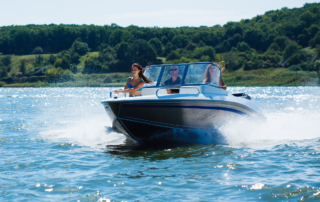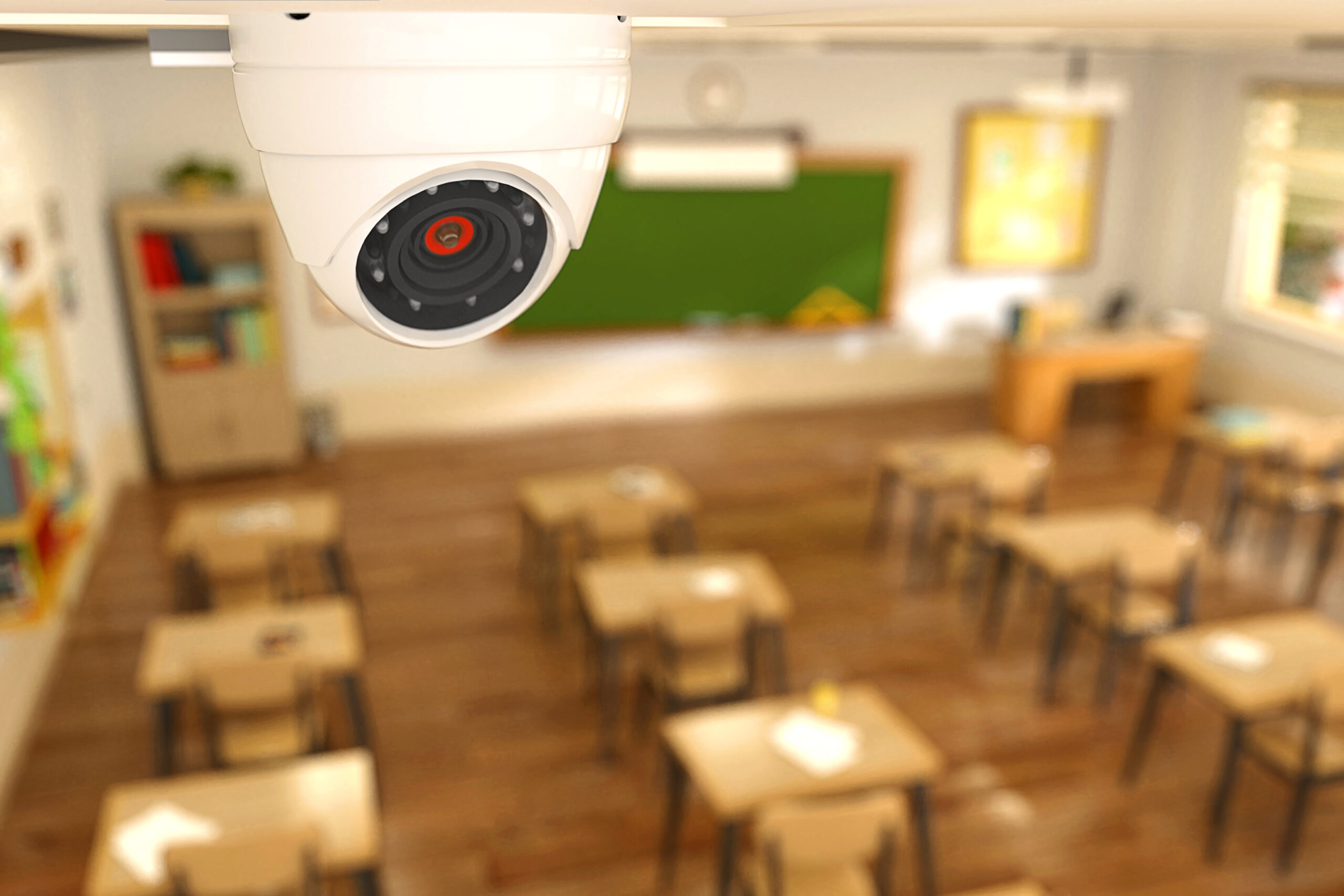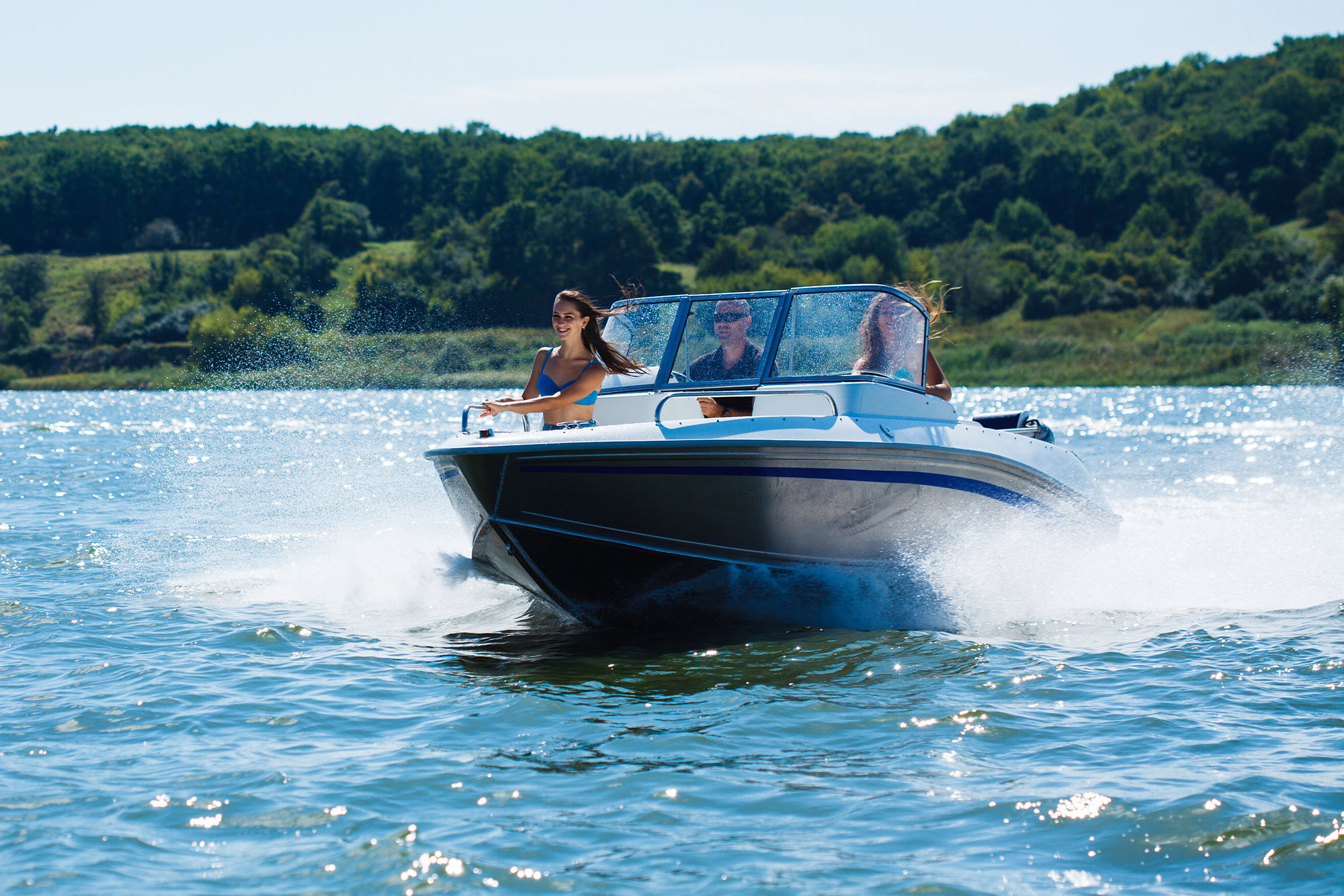To help drivers of commercial motor vehicles (CMVs) remain safe and keep trucking businesses in compliance with the Federal Motor Carrier Safety Regulations and Hazardous Materials Regulations, the Federal Motor Carrier Safety Administration records the number of violations discovered through roadside inspections conducted by Motor Carrier Safety Assistance Program inspectors.
If an inspection results in a serious violation, an out-of-service (OOS) order is issued. The violation must be corrected before the driver or vehicle can return to service.
Below are the most common vehicle and driver violations and the number of OOS orders for each violation during the 2024 fiscal year:
Vehicle Violations (With Violation Code)
- Tire—Flat and/or audible air leak (393.75A3): 69,060
- Brake—Defective brake(s) are equal to or greater than 20% of the service brakes on the vehicle/combination(396.3A1BOS): 50,501
- Tires—All others, leaking or inflation less than 50% of the maximum inflation pressure (393.75A3TAOL): 40,623
- Inoperative turn signal (393.9TS): 28,885
- Flat tire or fabric exposed (393.75A): 19,804
- No/improper breakaway or emergency braking (393.43): 16,121
- Inoperative brake lamps (393.9BRKLAMP): 15,383
- Inoperable required lamp (393.9): 13,769
- Lighting—Turn signal—Any inoperative on the rearmost vehicle (393.9ALTSI): 13,513
- Brake tubing and hose adequacy (393.45): 13,298
Driver Violations (With Violation Code)
- Operation of a CMV without a commercial driver’s license (CDL) (383.23A2): 41,576
- Electronic logging device (ELD)—No record of duty status (ELD Required) (395.8AELD): 19,404
- License (CDL)—Operation of a CMV and does not possess a valid CDL (383.23A2LCDLN): 16,188
- Hours of service (Property)—Failing to have a record of duty status using the method prescribed (395.8A1HOSP): 14,980
- False report of drivers record of duty status (395.8E): 12,584
- No record of duty status when one is required (ELD not required) (395.8ANONELD): 9,094
- Operation of a property-carrying vehicle without a valid medical certificate in possession or on file with the state drivers licensing agency; history of either failing to produce a medical certificate or having an expired medical certificate(391.41A): 5,375
- Operation of a property-carrying vehicle without possessing a valid medical certificate, previously cited on [DATE](391.41A1FPC): 5,051
- Driver failing to retain previous seven days records of duty status (395.8K2): 4,921
- Driver does not have a valid operator’s license for the CMV being operated (391.11B5DNL): 4,645
Trucking businesses should review these common violations that lead to OOS orders and take steps to ensure compliance with all regulations. This can improve safety while on the road and reduce business interruptions.
For additional fleet and risk management resources, contact INSURICA today.
This is not intended to be exhaustive nor should any discussion or opinions be construed as legal advice. Readers should contact legal counsel or an insurance professional for appropriate advice. ©2024 Zywave, Inc. All rights reserved
About the Author
Share This Story
Related Blogs
Enhancing School Security: Practical Strategies for Safer Campuses
Enhancing school security is one of the most pressing responsibilities for education leaders today. As school campuses evolve, so too must the systems that protect them. For administrators, safety professionals, and district decision-makers, creating a secure learning environment means taking a proactive, layered approach that includes physical security, training, technology, and community involvement.
5 Common Cybersecurity Mistakes and How to Avoid Them
All organizations, regardless of their size or industry, are at risk of being targeted by cybercriminals. These malicious actors can conduct cyberattacks, leading to significant financial, operational and reputational damage that can be difficult or impossible to recover from. Fortunately, solid cyber hygiene practices can reduce the likelihood of data breaches and other cyber incidents from occurring, and many of these practices are relatively low-cost and easy to implement.
Insurance Coverage Basics For Boatowners
A small boat, such as a canoe or other un-motorized boat, is typically covered under the personal property portion of your homeowners insurance policy. If you own a larger, faster boat, you'll need a separate boatowners insurance policy. A typical boatowners insurance policy is designed to protect your boat, motor, equipment, and passengers. It affords similar coverages to those you typically have for your car including:








